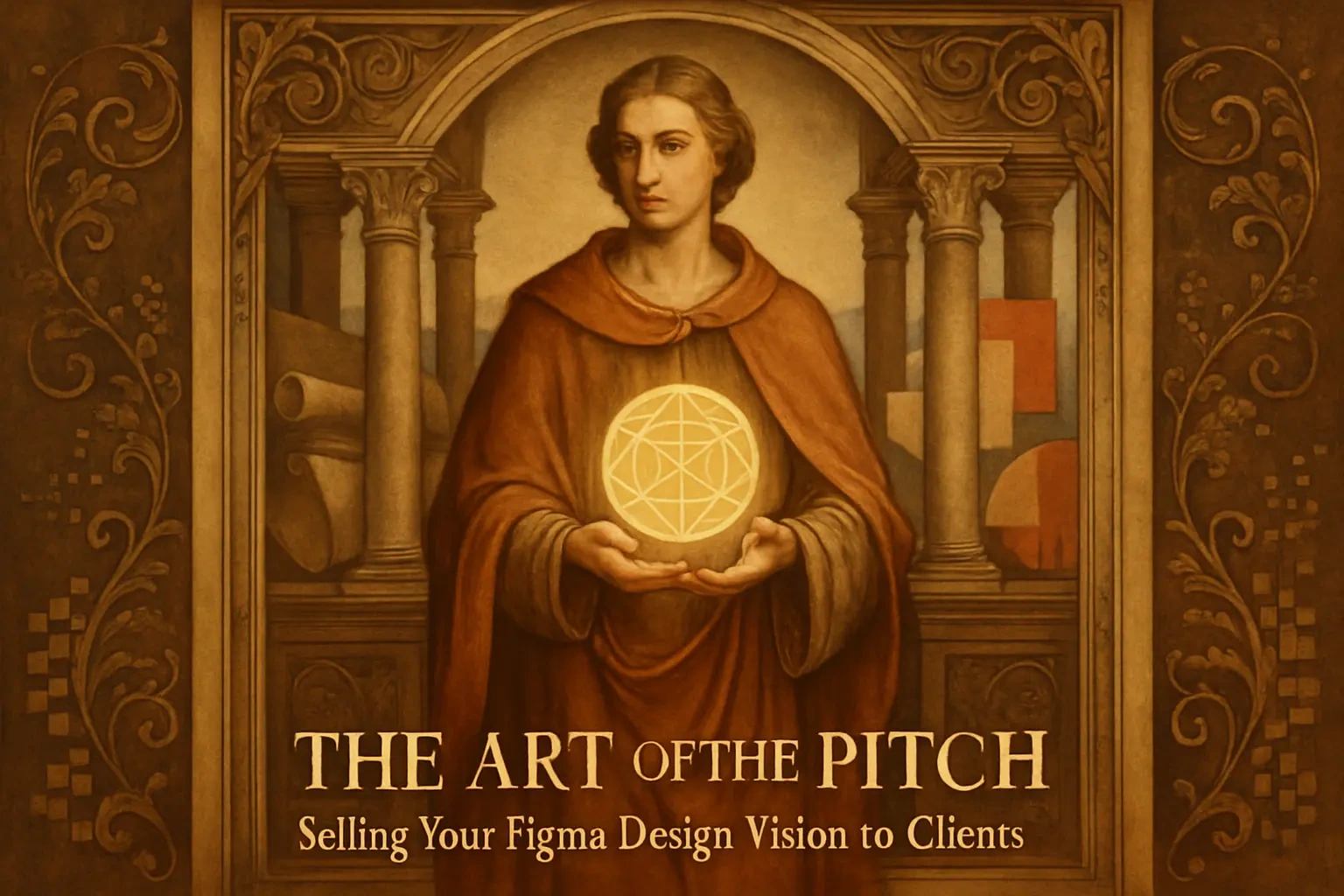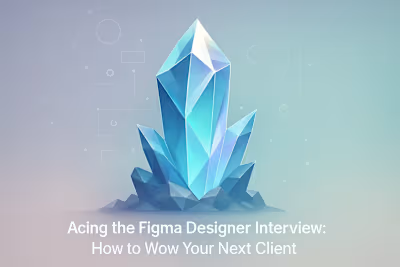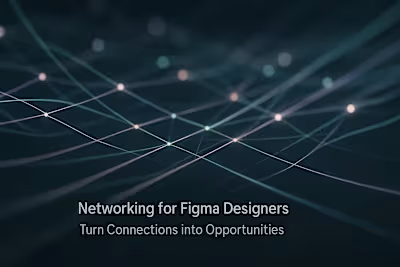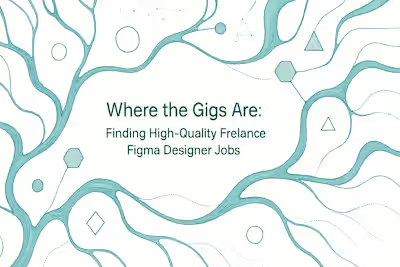The Art of the Pitch: Selling Your Figma Design Vision to Clients

The Art of the Pitch: Selling Your Figma Design Vision to Clients
Structuring a Pitch That Persuades
Start with the 'Why': The Project Goal
Tell a Story: The User's Journey
Connect Design Decisions to Business Value
Using Figma as Your Ultimate Pitching Tool
From Static Mockups to Live Prototypes
Using Presentation View for a Polished Experience
Showcasing Mood Boards and Design Concepts
Handling Client Feedback and Skepticism with Grace
Listen Actively and Ask Clarifying Questions
Provide Rationale, Not Defensiveness
Know When to Stand Firm and When to Compromise
Closing the Pitch and Defining Next Steps
Summarize the Key Value Points
Present a Clear Call to Action
References
The Art of the Pitch: Selling Your Figma Design Vision to Clients
Structuring a Pitch That Persuades
Start with the 'Why': The Project Goal
Tell a Story: The User's Journey
Connect Design Decisions to Business Value
Using Figma as Your Ultimate Pitching Tool
From Static Mockups to Live Prototypes
Using Presentation View for a Polished Experience
Showcasing Mood Boards and Design Concepts
Handling Client Feedback and Skepticism with Grace
Listen Actively and Ask Clarifying Questions
Provide Rationale, Not Defensiveness
Know When to Stand Firm and When to Compromise
Closing the Pitch and Defining Next Steps
Summarize the Key Value Points
Present a Clear Call to Action
References
Posted Jul 6, 2025
A great design is only half the battle. Learn the art of pitching your concepts, telling a compelling story, and using Figma to get even the most skeptical clients excited.









